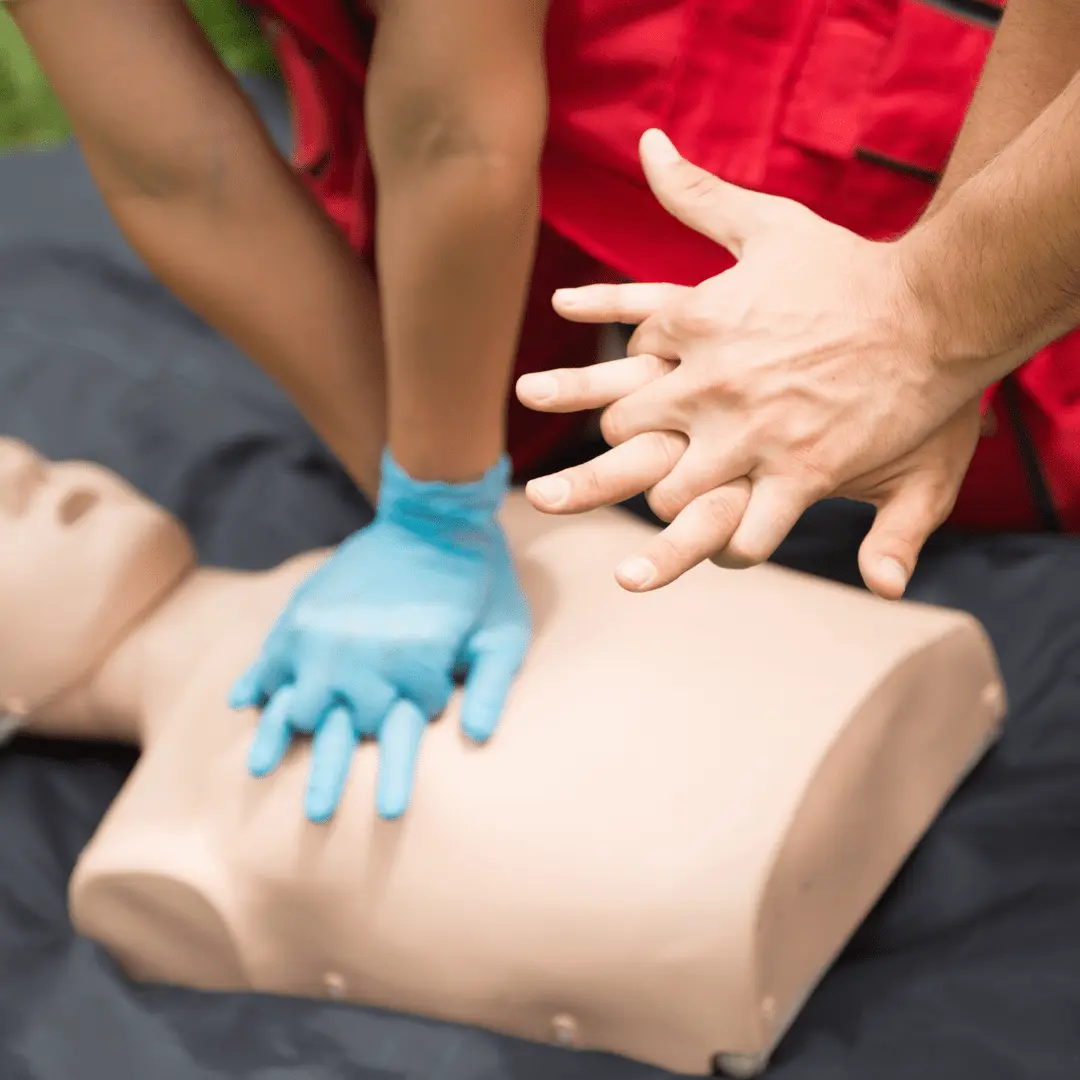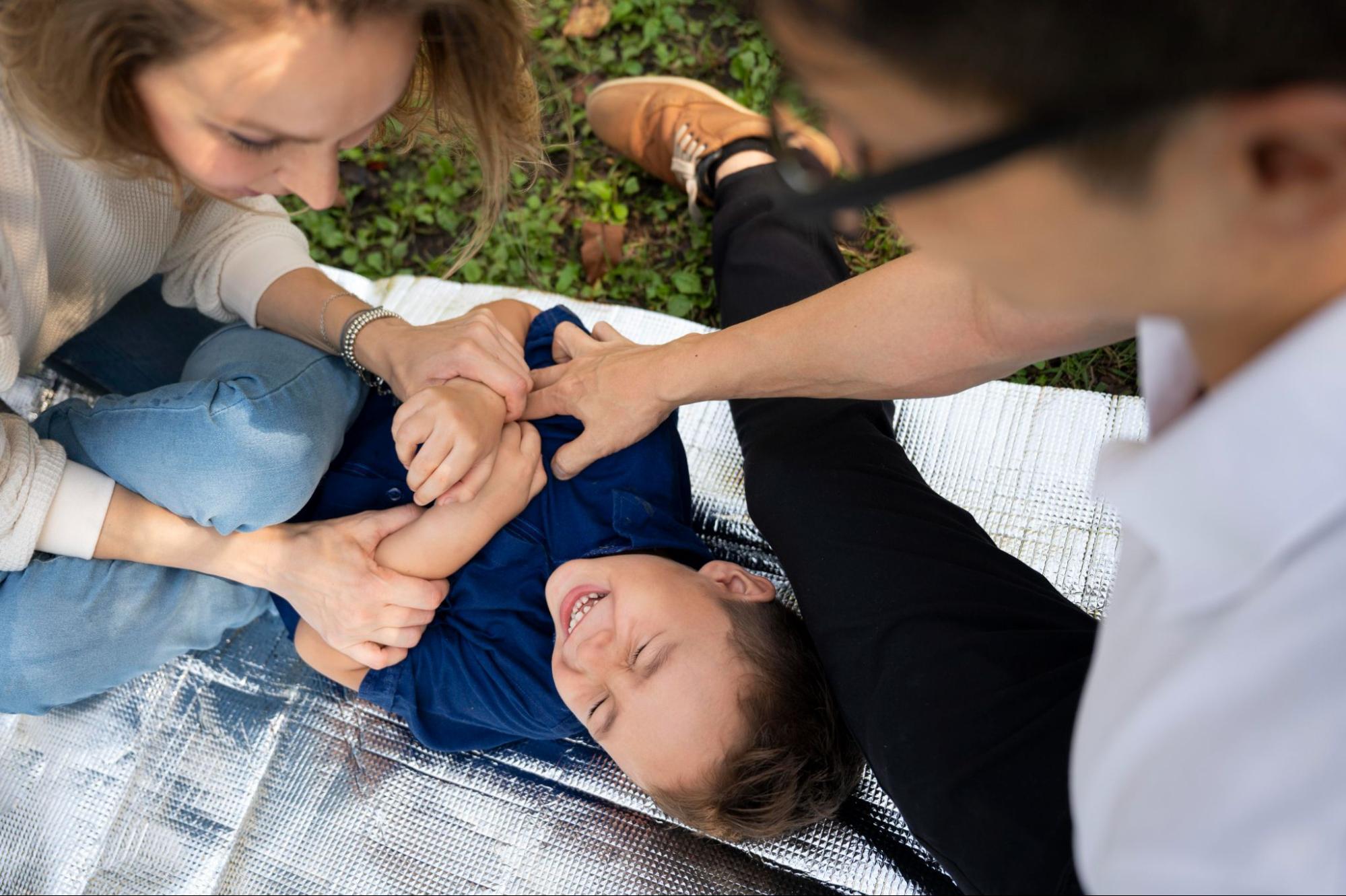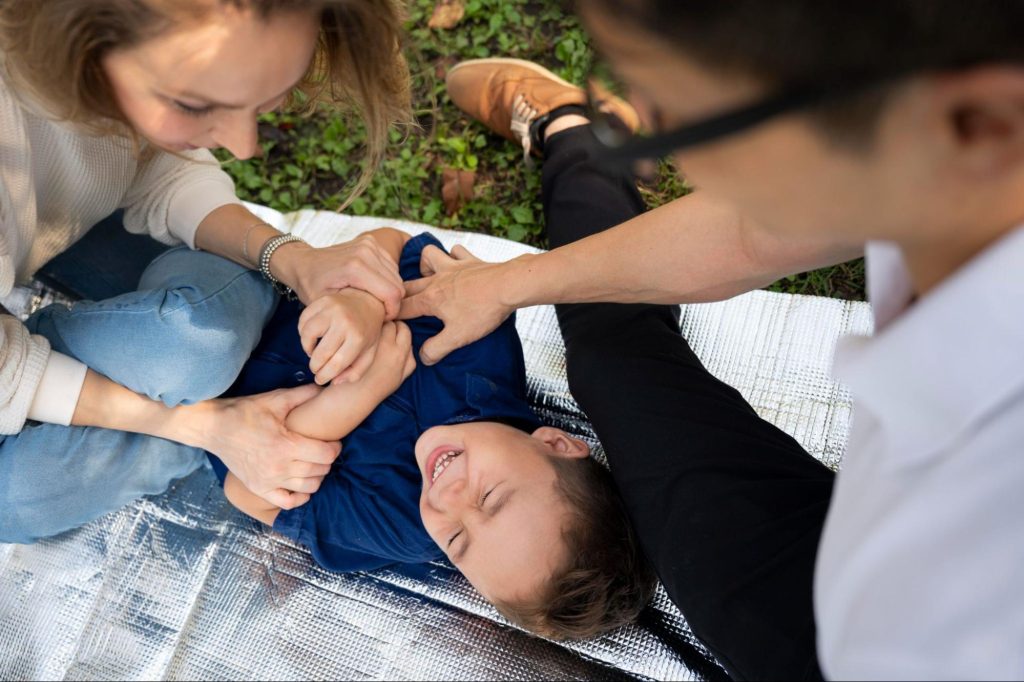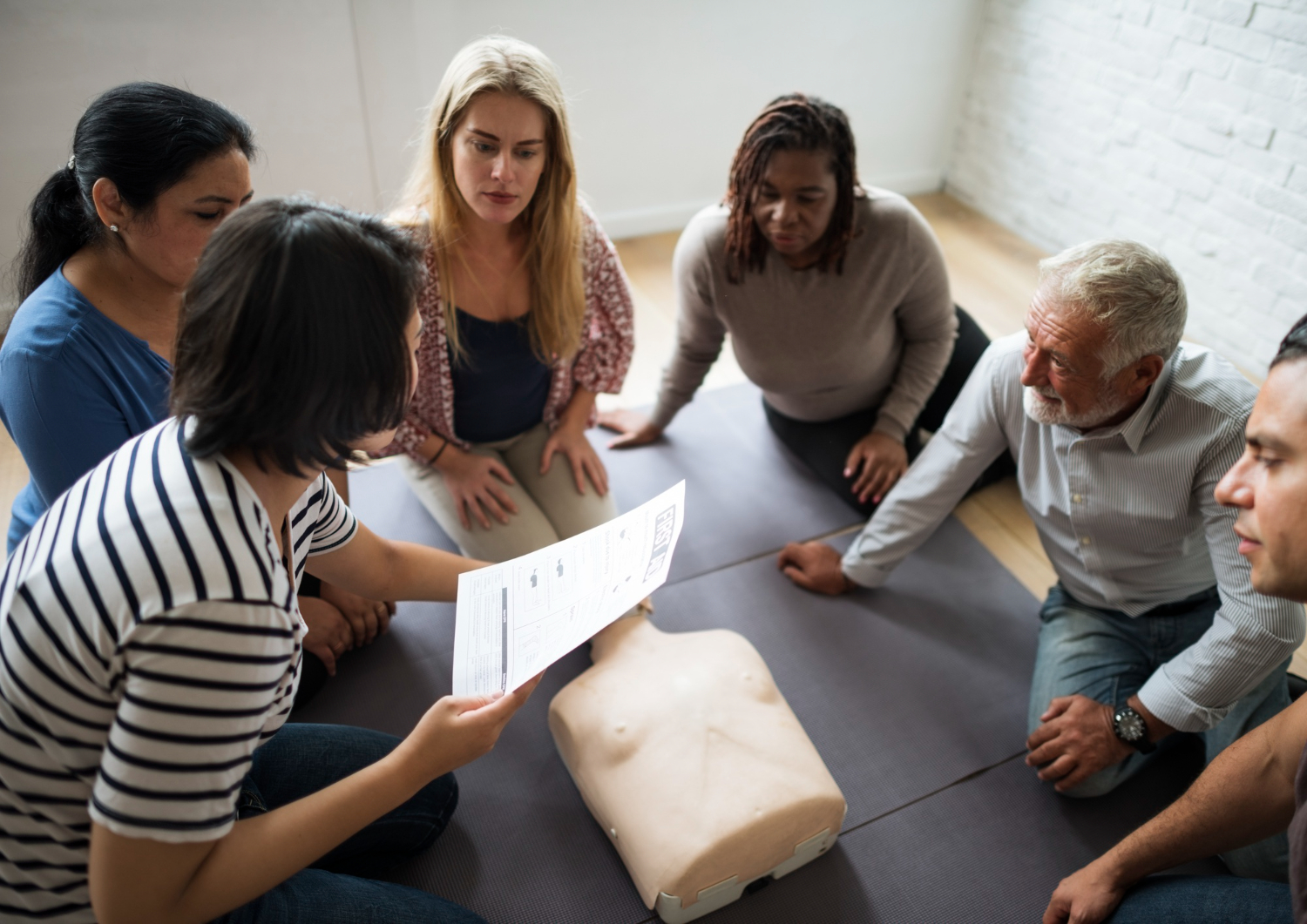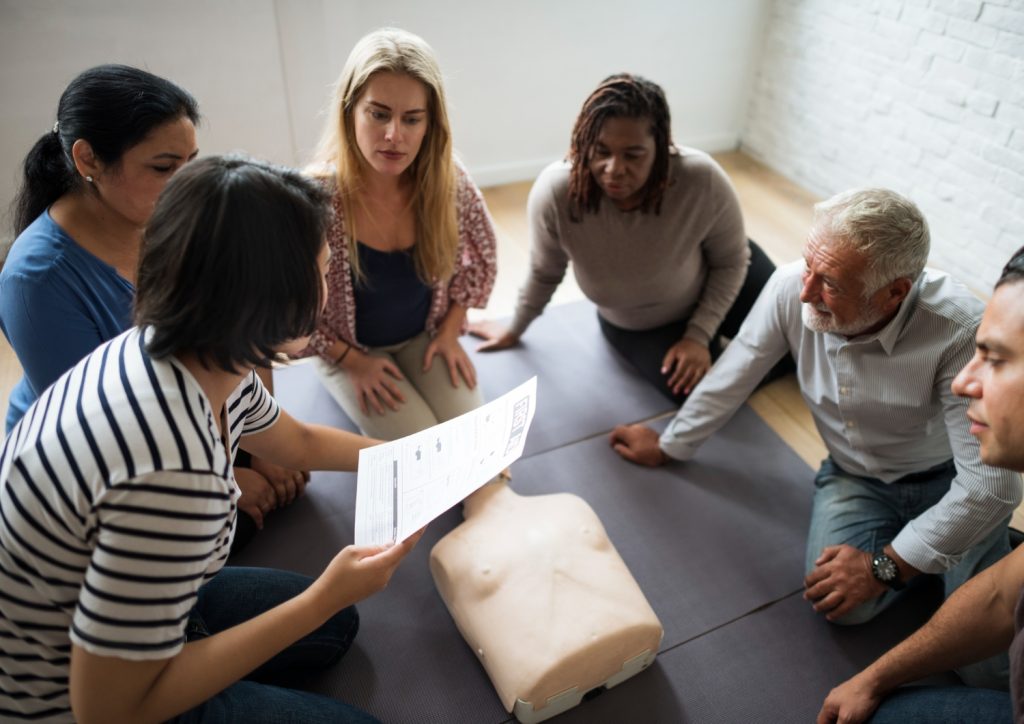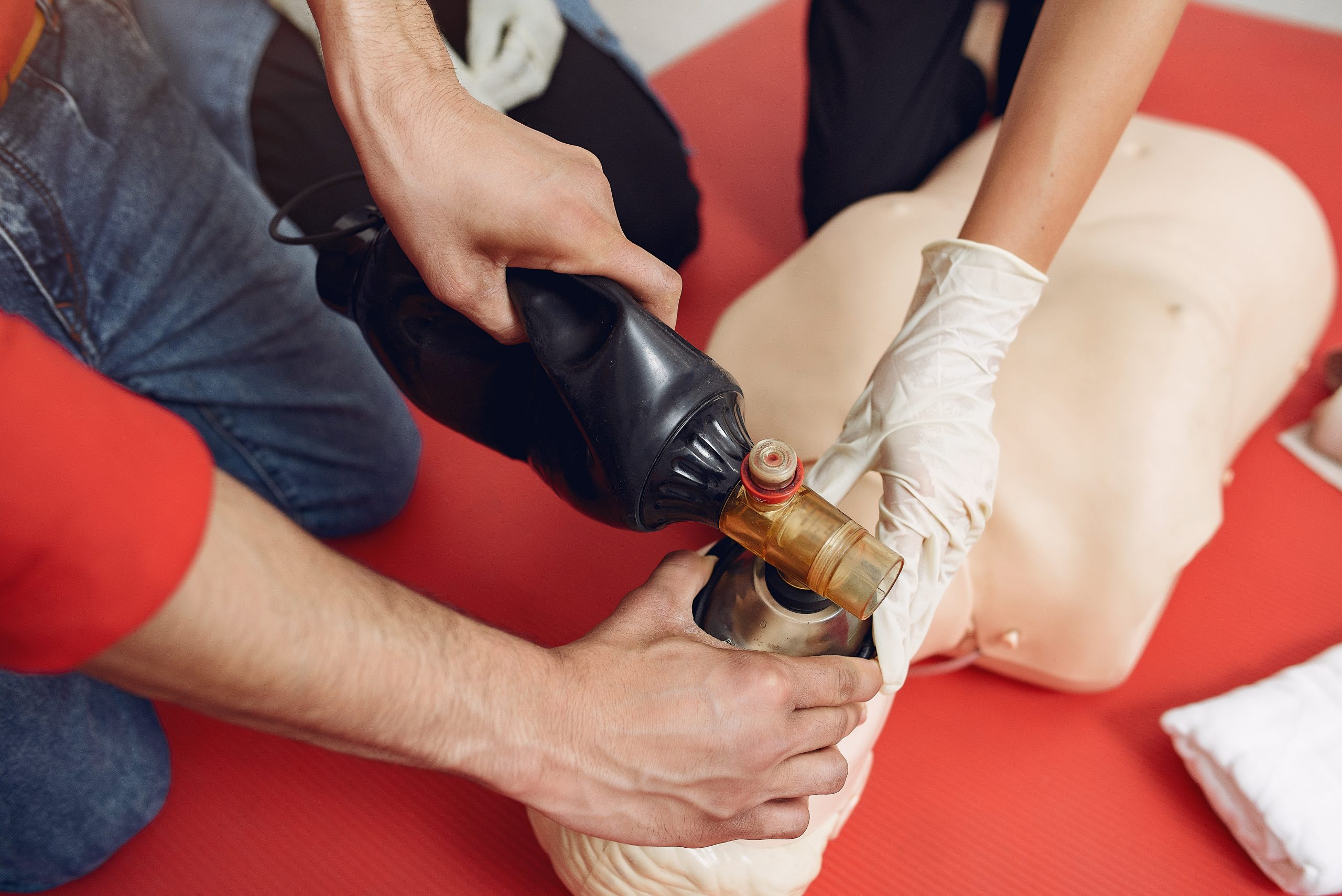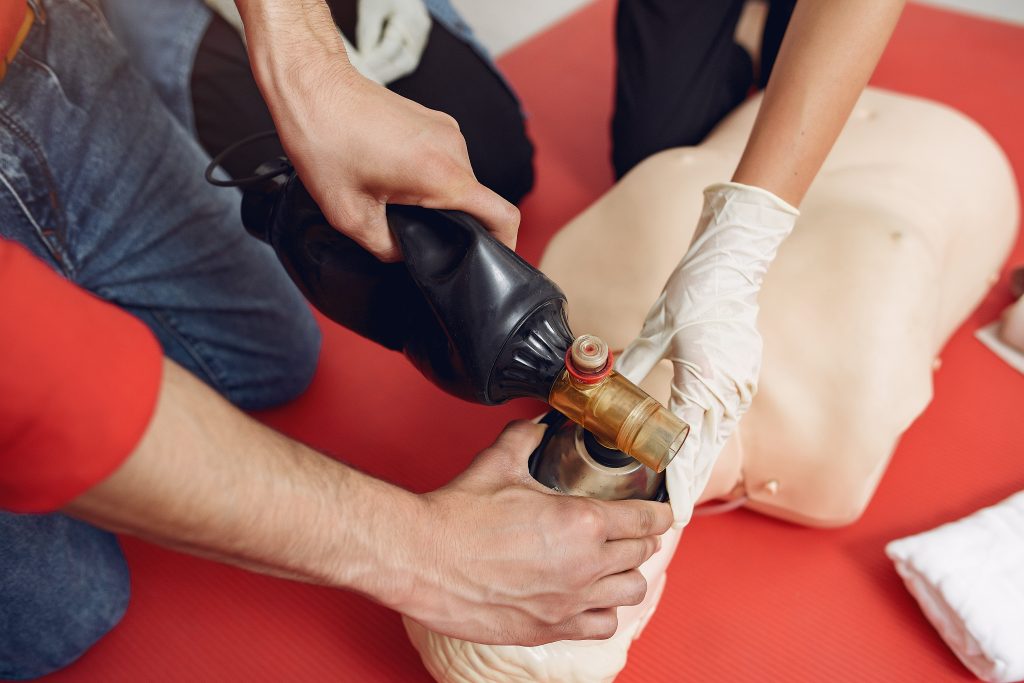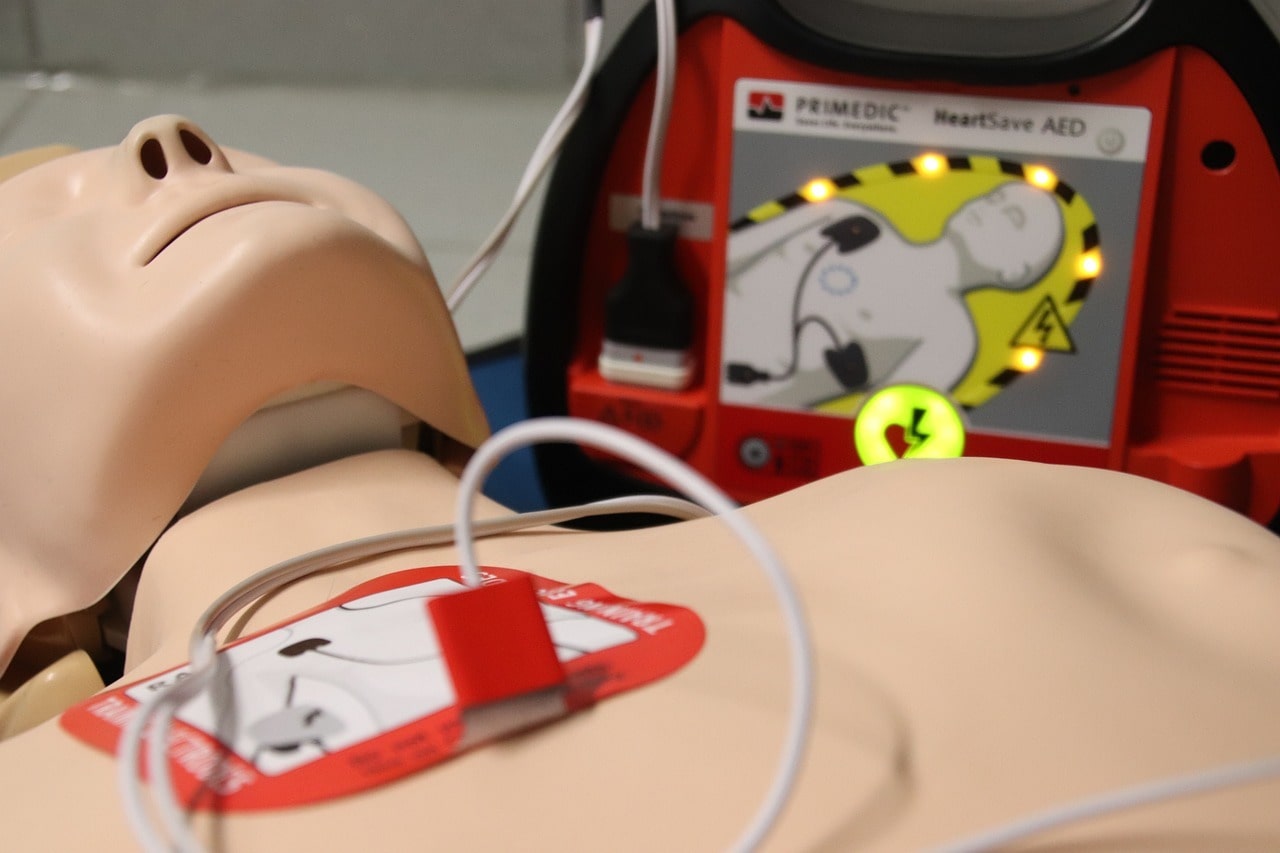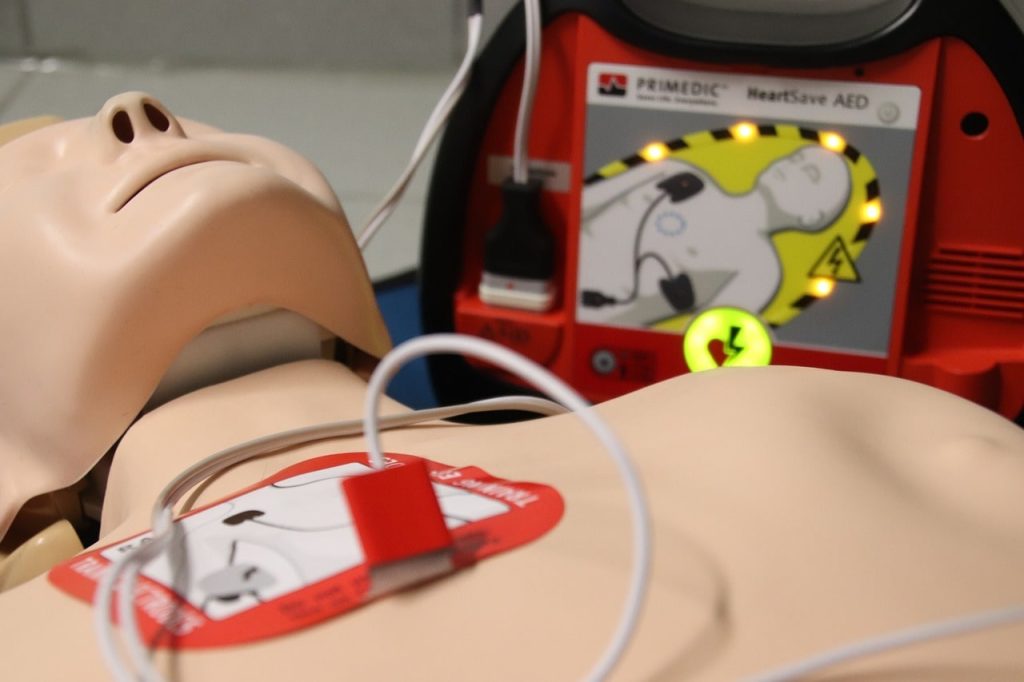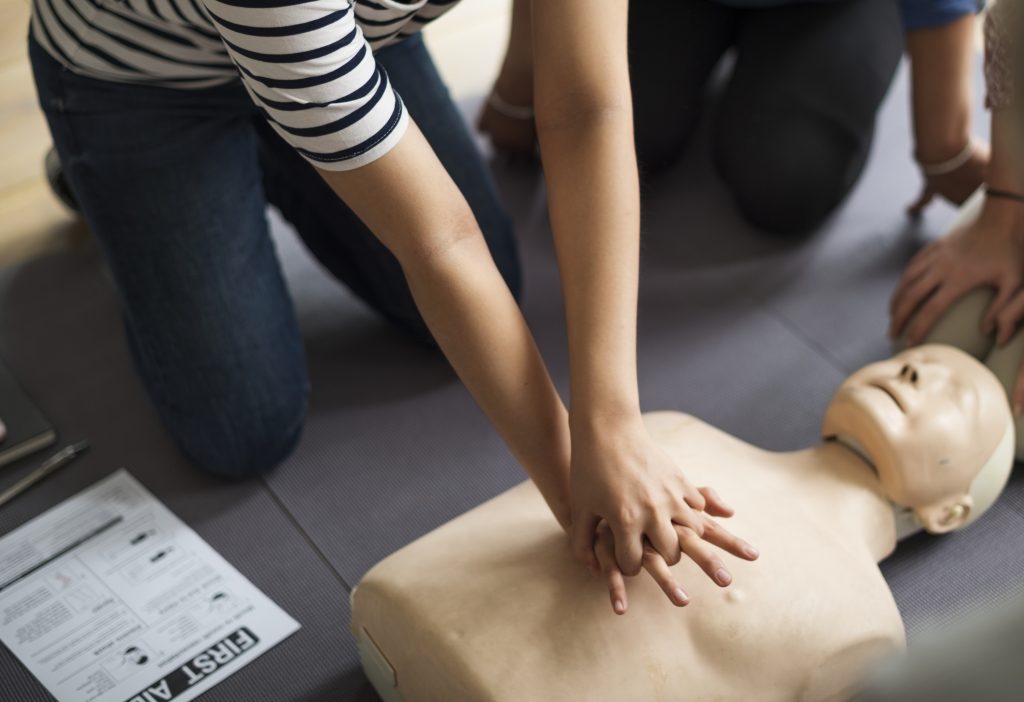How Much Does A CPR Class Cost?
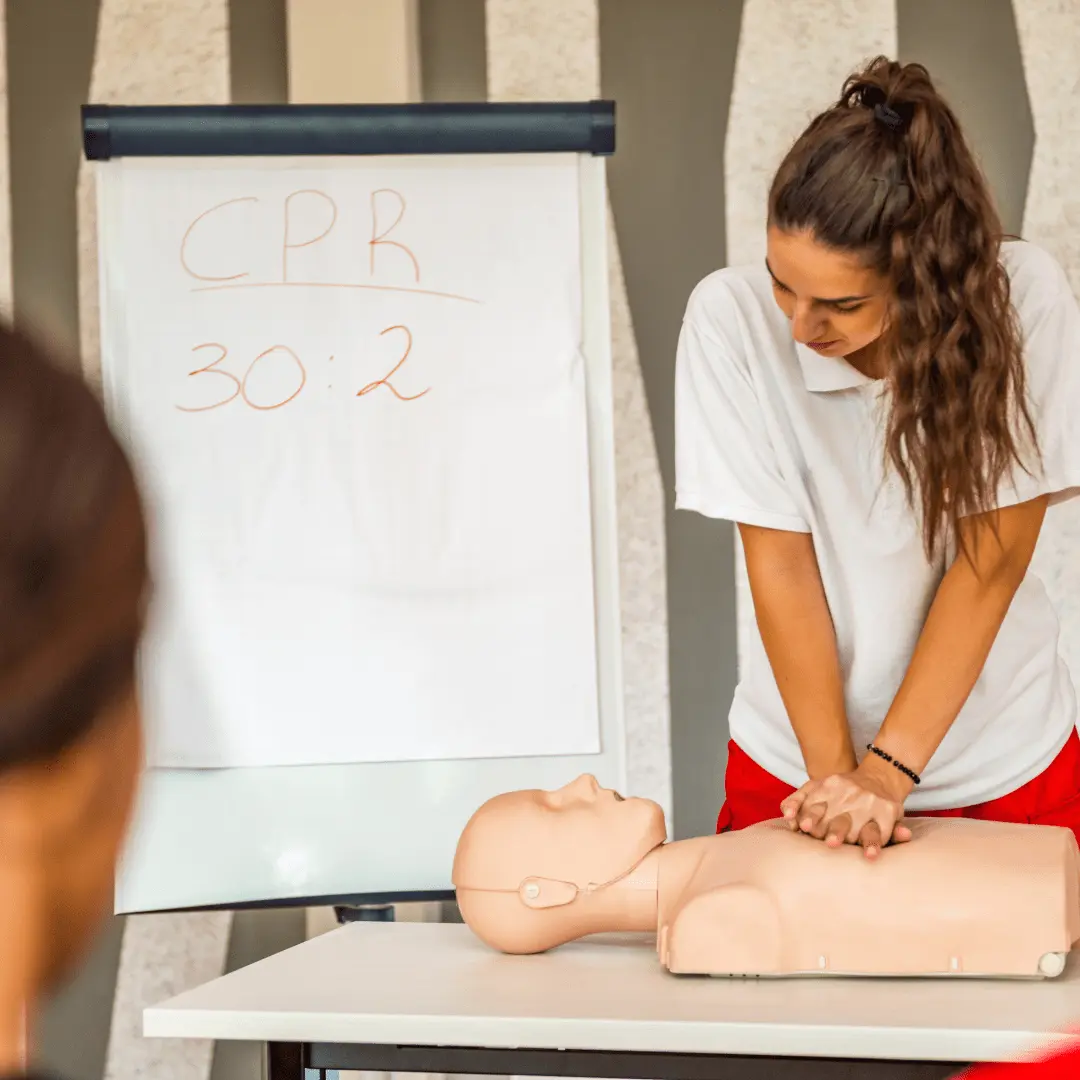
How Much Does A CPR Class Cost?

When it comes to life-saving skills like CPR and first aid, knowing the cost of training can be a crucial factor in deciding to enroll. Understanding the investment required for these classes not only helps you budget but also ensures you’re prepared to act in emergencies without financial worry. Let’s delve into the realm of CPR class costs to provide a clearer picture.
Understanding CPR Class Costs
1. Factors Influencing Cost
The cost of CPR classes can vary based on several factors. Course duration, the level of certification (basic CPR or advanced), the institution providing the training, and additional materials or certifications bundled with the course can all affect the overall cost.
Course Duration:
The duration of the CPR course is one of the primary factors influencing its cost. Longer courses may cost more due to increased instructional time and the need for more comprehensive training materials. Basic CPR courses, which typically last a few hours, are generally less expensive compared to advanced courses that span multiple days or weeks. However, the longer duration of advanced courses often translates to more in-depth instruction and hands-on practice, justifying the higher cost for many participants.
Institution Reputation:
The reputation of the institution offering the CPR training also plays a significant role in determining the cost. Reputable institutions with experienced instructors and state-of-the-art training facilities may charge higher fees, reflecting the quality of education provided. These institutions often invest in advanced training equipment, updated curriculum materials, and ongoing instructor development to ensure that participants receive the highest standard of instruction. While the upfront cost may be higher, the value of training from a respected institution can outweigh the expense in terms of skills gained and confidence instilled in participants.
Certification Level:
The level of certification sought can impact the cost of CPR classes. Basic CPR certification courses are typically more affordable than advanced certifications such as Pediatric CPR or Advanced Cardiovascular Life Support (ACLS). Advanced certifications require additional training and expertise, which may necessitate higher instructor fees and course materials costs. Additionally, advanced courses often have smaller class sizes to facilitate personalized instruction and skill assessment, contributing to the higher overall cost.
Bundled Certifications:
Some CPR courses include additional certifications, such as Automated External Defibrillator (AED) training or first aid certification, as part of a bundled package. While these bundled certifications provide added value and versatility for participants, they can also contribute to a higher overall cost. However, for individuals or organizations requiring multiple certifications, bundling can be a cost-effective option compared to enrolling in separate courses for each certification. Additionally, bundled certifications may streamline the training process and ensure consistency in skill development across different emergency response scenarios.
Overall, understanding the factors influencing CPR class costs can help individuals and organizations make informed decisions when selecting a training program. By considering course duration, institution reputation, certification level, and bundled offerings, participants can find a CPR course that meets their needs in terms of both budget and training objectives. Investing in high-quality CPR training is a valuable step towards building a skilled and prepared workforce capable of responding effectively to cardiac emergencies and saving lives.
2. Typical Price Range
On average, CPR classes can range from $50 to $250. Basic CPR training often falls on the lower end of the spectrum, while more advanced courses or those that include additional certifications like AED (Automated External Defibrillator) or first aid tend to be on the higher side.
It’s essential to recognize that the price range may also be influenced by geographic location, with urban areas generally having higher costs compared to rural regions.
3. Certification Costs
The cost of obtaining a CPR certification usually includes training materials, instructor fees, and the certification exam. Basic CPR certification might cost around $50 to $150, while advanced certifications or courses that include comprehensive first aid training might reach $200 or more.
Training Materials:
High-quality training materials, such as instructional manuals and practice dummies, contribute to the overall cost.
Instructor Fees:
Experienced and certified instructors may charge higher fees, reflecting their expertise in delivering effective CPR training.
Certification Exam:
The cost of the certification exam is typically included in the overall course fee, ensuring that successful participants receive their recognized certification.
4. Provider Variances
Different providers offer varying price points for their CPR classes. Some institutions might have discounts for students, military personnel, or group enrollments. It’s advisable to explore multiple options and compare prices while considering the quality of training offered.
Discounts:
Many CPR training providers offer discounts for specific groups, such as educators, healthcare professionals, or first responders, making it more accessible for individuals within these sectors to acquire essential life-saving skills. These discounts can significantly reduce the financial barrier to training and ensure that key individuals in critical roles have the necessary skills to respond effectively to emergencies. Additionally, discounts for students or senior citizens may further broaden access to CPR training across diverse demographics, fostering a more resilient and prepared community.
Group Enrollments:
Group discounts encourage organizations, businesses, or community groups to enroll their members collectively, promoting widespread preparedness. By incentivizing group enrollments, training providers can reach a broader audience and facilitate large-scale training initiatives within workplaces, schools, or community organizations. Group training sessions not only foster teamwork and camaraderie but also ensure that multiple individuals within a shared environment are equipped with life-saving skills, enhancing overall safety and emergency preparedness.
Furthermore, group training offers the opportunity for customized instruction tailored to the specific needs and risks of the organization or community group. Instructors can address industry-specific scenarios, workplace hazards, or community health concerns, ensuring that participants receive relevant and practical training applicable to their roles and environments.
It’s crucial to strike a balance between cost considerations and the reputation of the training provider, ensuring that the chosen course meets the necessary standards for certification.
While discounts and group rates can make CPR training more affordable, it’s essential to verify that the provider maintains accreditation, employs qualified instructors, and follows recognized guidelines for CPR instruction. Investing in high-quality training ensures that participants receive accurate, up-to-date information and develop the skills and confidence needed to respond effectively to emergencies and save lives.
By exploring provider variances and taking advantage of available discounts and group rates, individuals and organizations can prioritize CPR training as a fundamental aspect of safety and emergency preparedness. Whether seeking individual certification or arranging group training for a workplace or community group, choosing a reputable provider ensures that participants receive the highest standard of instruction and are well-prepared to handle cardiac emergencies in any setting.
Evaluating the Worth
1. Investment in Preparedness
Consider the cost of CPR classes as an investment in your preparedness for emergencies. These skills can be invaluable in saving lives and ensuring the safety of those around you.
Beyond Personal Preparedness: CPR training extends its benefits to the broader community. Individuals with CPR skills can play a vital role in emergency situations, providing immediate assistance until professional help arrives.
Workplace Preparedness: Many workplaces prioritize employees with CPR and first aid certifications, recognizing the value of a prepared workforce in handling unforeseen medical emergencies within the workplace.
2. Quality vs. Cost
While cost is a crucial factor, prioritize quality training and reputable certification over solely considering the cheapest option. Ensure that the course content aligns with the standards set by recognized organizations like the American Heart Association (AHA) or the Red Cross.
Accreditation: Choose a CPR course that is accredited by nationally recognized organizations to ensure that the training meets industry standards and guidelines.
Instructor Qualifications: Instructors with relevant certifications and experience contribute significantly to the quality of training. Verify the qualifications of the instructors conducting the CPR classes.
Training Facilities: The learning environment, availability of modern equipment, and hands-on practice opportunities are essential factors that contribute to the overall quality of CPR training.
Conclusion
Understanding the cost of CPR classes allows individuals and organizations to plan and allocate resources efficiently. Whether it’s for personal preparedness or professional requirements, CPR and first aid training remain essential life skills.
At CPR Classes Near Me, we go beyond just offering basic CPR training. We provide American Heart Association (AHA) certified BLS, CPR, and AED certifications. Additionally, our CPR & First Aid Classes cover comprehensive training in CPR, AED, and first aid techniques.
Investing in CPR and first aid training is investing in safety and preparedness. Beyond the immediate benefits of being prepared for emergencies, individuals with CPR certifications contribute to creating a safer and more resilient community.
Contact us today to find the right course for you and your needs. Let us be your partner in the journey to learn life-saving techniques, ensuring that everyone can be adequately prepared without financial constraints.

